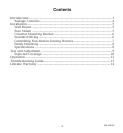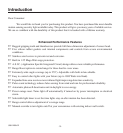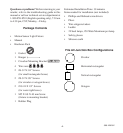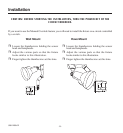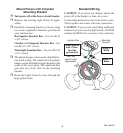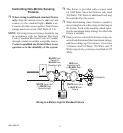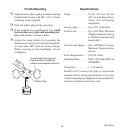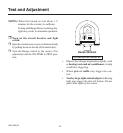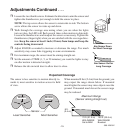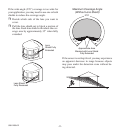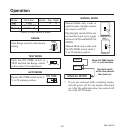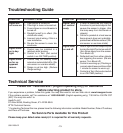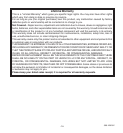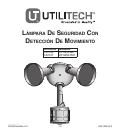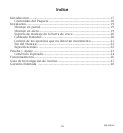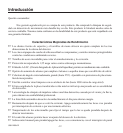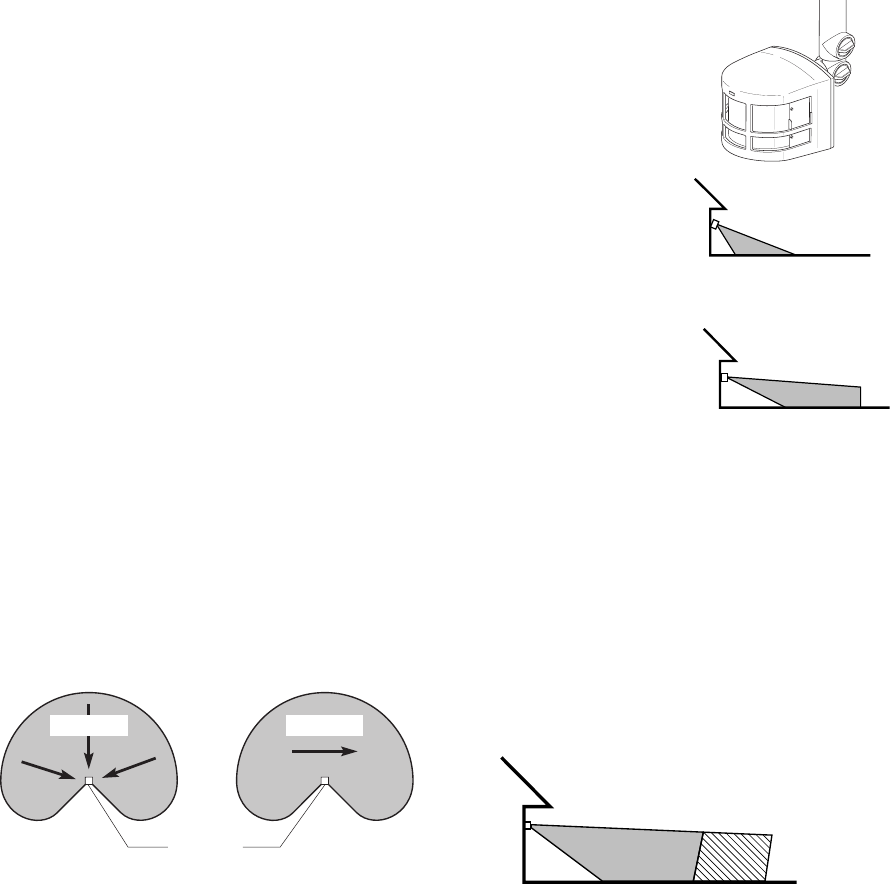
-10-
598-1290-02
Adjustments Continued . . .
❒ Loosen the two thumb screws. Estimate the direction to aim the sensor and
tighten the thumbscrews just enough to hold the sensor in place.
NOTE: The top screw allows the sensor to rotate side to side. The bottom
screw allows the sensor to rotate up and down.
❒ Walk through the coverage area noting where you are when the lights
turn on (also, the LED will flash several times when motion is detected).
Loosen the thumbscrews and readjust the sensor as necessary. Tighten the
thumbscrews (finger tight) when you are satisfied with the coverage direc
-
tion.
Keep the sensor at least 1 inch (25 mm) from lamps and keep the
controls facing downward.
❒ Adjust RANGE as needed to increase or decrease the range. Too much
sensitivity may cause false triggering in some environments.
❒ For maximum range, the sensor must be aiming straight out.
❒ Set the amount of TIME (1, 5, or 20 minutes) you want the lights to stay
on after motion is detected at night.
❒ Release the tab on metal door to allow door to close.
Expected Coverage
The sensor is less sensitive to motion directly to-
wards it, most sensitive to motion across its field
of view.
When mounted 8 feet (2.4 m) from the ground, you
may expect the range shown below. If mounted
much higher the sensor may miss objects near the
ground. If mounted much lower the sensor range
may be reduced.
Sensor
Least Sensitive Most Sensitive
Motion Motion
Aim Sensor Down
for Short Coverage
Aim Sensor Out for
Long Coverage
Maximum Range
(Sensor aiming straight out)
8 ft.
(2.4 m)
70 ft. (21.0 m) 100 ft. (30.5 m)
With RANGE With RANGE
Set to MAX Boosted



